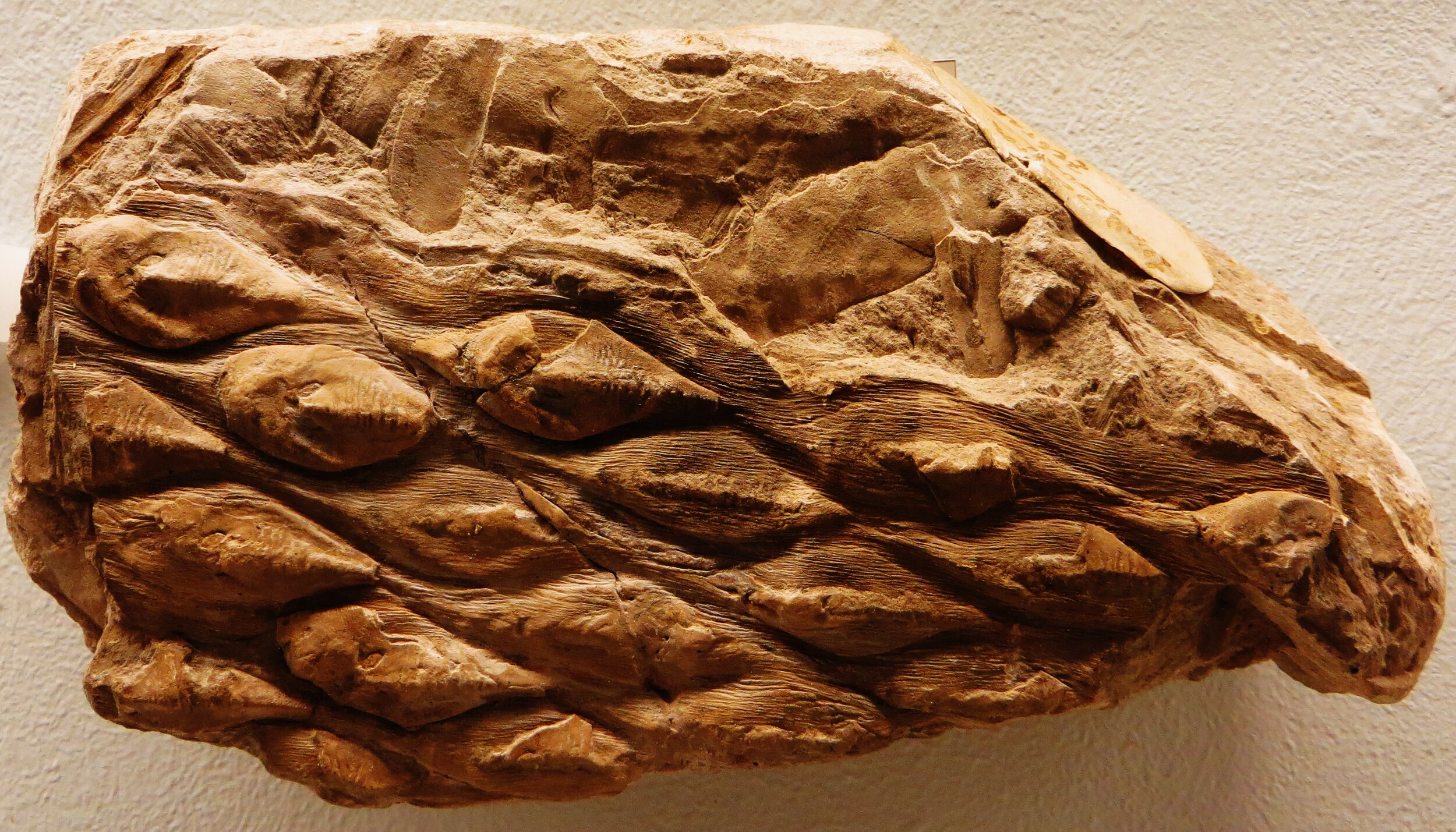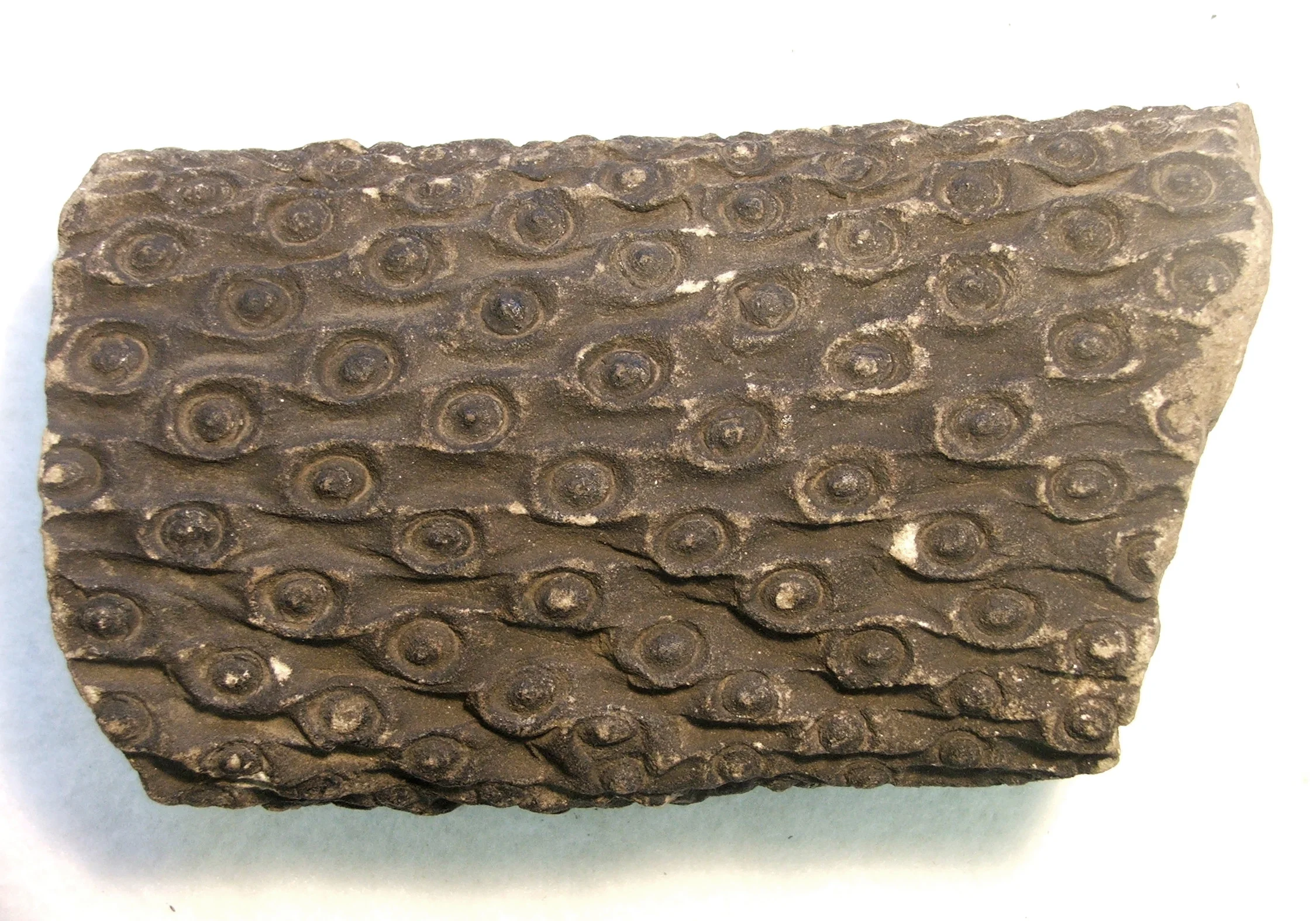Photo by Ghedoghedo licensed under CC BY-SA 3.0
If I had a time machine, the first place I would visit would be the Carboniferous. Spanning from 358.9 to 298.9 million years ago, this was a strange time in Earth’s history. The continents were jumbled together into two great landmasses - Laurasia to the north and Gondwana to the south and the equatorial regions were dominated by humid, tropical swamps. To explore these swamps would be to explore one of the most alien landscapes this world has ever known.
The Carboniferous was the heyday for early land plants. Giant lycopods, ferns, and horsetails formed the backbone of terrestrial ecosystems. By far the most abundant plants during these times were a group of giant, tree-like lycopsids known as the scale trees. Scale trees collectively make up the extinct genus Lepidodendron and despite constantly being compared to modern day club mosses (Lycopodiopsida), experts believe they were more closely related to the quillworts (Isoetopsida).
Carboniferous coal swamp reconstruction dating back to the 1800’s
It is hard to say for sure just how many species of scale tree there were. Early on, each fragmentary fossil was given its own unique taxonomic classification; a branch was considered to be one species while a root fragment was considered to be another, and juvenile tree fossils were classified differently than adults. As more complete specimens were unearthed, a better picture of scale tree diversity started to emerge. Today I can find references to anywhere between 4 and 13 named species of scale tree and surely more await discovery. What we can say for sure is that scale tree biology was bizarre.
The name “scale tree” stems from the fossilized remains of their bark, which resembles reptile skin more than it does anything botanical. Fossilized trunk and stem casts are adorned with diamond shaped impressions arranged in rows of ascending spirals. These are not scales, of course, but rather they are leaf scars. In life, scale trees were adorned with long, needle-like leaves, each with a single vein for plumbing. Before they started branching, young trees would have resembled a bushy, green bottle brush.
As scale trees grew, it is likely that they shed their lower leaves, which left behind the characteristic diamond patterns that make their fossils so recognizable. How these plants achieved growth is rather fascinating. Scale tree cambium was unifacial, meaning it only produced cells towards its interior, not in both directions as we see in modern trees. As such, only secondary xylem was produced. Overall, scale trees would not have been very woody plants. Most of the interior of the trunk and stems was comprised of a spongy cortical meristem. Because of this, the structural integrity of the plant relied on the thick outer “bark.” Many paleobotanists believe that this anatomical quirk made scale trees vulnerable to high winds.
Scale trees were anchored into their peaty substrate by rather peculiar roots. Originally described as a separate species, the roots of these trees still retain their species name. Paleobotanists refer to them as “stigmaria” and they were unlike most roots we encounter today. Stigmaria were large, limb-like structures that branched dichotomously in the soil. Each main branch was covered in tiny spots that were also arranged in rows of ascending spirals. At each spot, a rootlet would have grown outward, likely partnering with mycorrhizal fungi in search of water and nutrients.
A preserved Lepidodendron stump
Eventually scale trees would reach a height in which branching began. Their tree-like canopy was also the result of dichotomous branching of each new stem. Amazingly, the scale tree canopy reached staggering heights. Some specimens have been found that were an estimated 100 ft (30 m) tall! It was once thought that scale trees reached these lofty heights in as little as 10 to 15 years, which is absolutely bonkers to think about. However, more recent estimates have cast doubt on these numbers. The authors of one paper suggest that there is no biological mechanism available that could explain such rapid growth rates, concluding that the life span of a typical scale tree was more likely measured in centuries rather than years.
Regardless of how long it took them to reach such heights, they nonetheless would have been impressive sites. Remarkably, enough of these trees have been preserved in situ that we can actually get a sense for how these swampy habitats would have been structured. Whenever preserved stumps have been found, paleobotanists remark on the density of their stems. Scale trees did not seem to suffer much from overcrowding.
The fact that they spent most of their life as a single, unbranched stem may have allowed for more success in such dense situations. In fact, those that have been lucky enough to explore these fossilized forests often comment on how similar their structure seems compared to modern day cypress swamps. It appears that warm, water-logged conditions present similar selection pressures today as they did 350+ million years ago.
Like all living things, scale trees eventually had to reproduce. From the tips of their dichotomosly branching stems emerged spore-bearing cones. The fact that they emerge from the growing tips of the branches suggests that each scale tree only got one shot at reproduction. Again, analyses of some fossilized scale tree forests suggests that these plants were monocarpic, meaning each plant died after a single reproductive event. In fact, fossilized remains of a scale tree forest in Illinois suggests that mass reproductive events may have been the standard for at least some species. Scale trees would all have established at around the same time, grown up together, and then reproduced and died en masse. Their death would have cleared the way for their developing offspring. What an experience that must have been for any insect flying around these ancient swamps.
The fossilized strobilus of a Lepidodendron. Photo by Verisimilus T licensed under the GNU Free Documentation License.
Compared to modern day angiosperms, the habits of the various scale trees may seem a bit inefficient. Nonetheless, this was an extremely successful lineage of plants. Scale trees were the dominant players of the warm, humid, equatorial swamps. However, their dominance on the landscape may have actually been their downfall. In fact, scale trees may have helped bring about an ice age that marked the end of the Carboniferous.
You see, while plants were busy experimenting with building ever taller, more complex anatomies using compounds such as cellulose and lignin, the fungal communities of that time had not yet figured out how to digest them. As these trees grew into 100 ft monsters and died, more and more carbon was being tied up in plant tissues that simply weren’t decomposing. This lack of decomposition is why we humans have had so much Carboniferous coal available to us. It also meant that tons of CO2, a potent greenhouse gas, were being pulled out of the atmosphere millennia after millennia.
A fossilized root or “stigmaria”. Photo by Verisimilus T licensed under CC BY-SA 3.0
As atmospheric CO2 levels plummeted and continents continued to shift, the climate was growing more and more seasonal. This was bad news for the scale trees. All evidence suggests that they were not capable of keeping up with the changes that they themselves had a big part in bringing about. By the end of the Carboniferous, Earth had dipped into an ice age. Earth’s new climate regime appeared to be too much for the scale trees to handle and they were driven to extinction. The world they left behind was primed and ready for new players. The Permian would see a whole new set of plants take over the land and would set the stage for even more terrestrial life to explode onto the scene.
It is amazing to think that we owe much of our industrialized society to scale trees whose leaves captured CO2 and turned it into usable carbon so many millions of years ago. It seems oddly fitting that, thanks to us, scale trees are once again changing Earth’s climate. As we continue to pump Carboniferous CO2 into our atmosphere, one must stop to ask themselves which dominant organisms are most at risk from all of this recent climate change?
Photo Credits: [1] [2] [4] [5] [6] [7]
Further Reading: [1] [2] [3] [4] [5] [6] [7] [8] [9] [10] [11] [12] [13] [14]





